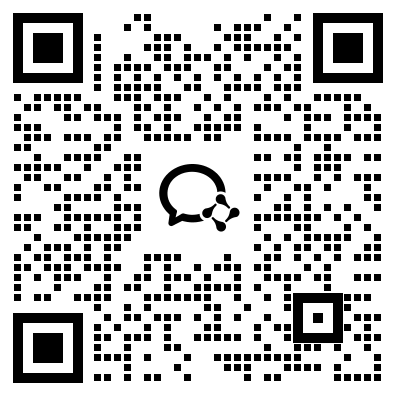Bus passing in front of the Chamber of Commerce building in Los Angeles, [s.d.]|公交车数据集|商会大楼数据集
收藏Mendeley Data2024-01-31 更新2024-06-27 收录
下载链接:
https://digitallibrary.usc.edu/asset-management/2A3BF11KBWQ
下载链接
链接失效反馈资源简介:
Photograph of a bus passing in front of the Chamber of Commerce building in Los Angeles, [s.d.]. The early-model bus can be seen in the foreground at left. It is a long vehicle with two spare tires on the back and is headed down a street that runs from the foreground at left to the background at right. The large Chamber of Commerce can be seen in the background. It is a tall building with three identical wings. The bottom of the building is light colored, while the middle is slightly darker.
创建时间:
2024-01-31



